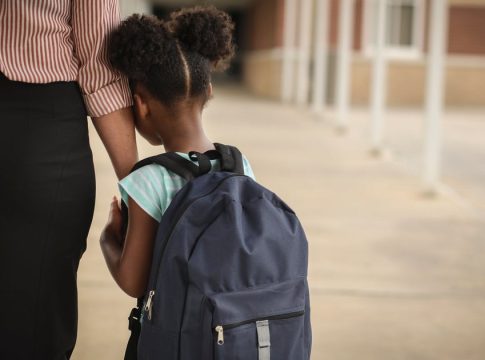Understanding Children’s Anxiety: Supporting Young Minds
Anxiety is not just an adult concern—many children worldwide grapple with anxiety symptoms, with estimates suggesting that about 20.5% of youth face these challenges. Recognizing and addressing anxiety in children requires a compassionate and informed approach, as the ways anxiety manifests can vary significantly among young ones.
Recognizing Signs of Anxiety in Children
Children may express anxiety in physical ways, such as stomachaches or headaches, or through behavioral changes like increased clinginess, tantrums, or withdrawal from activities. Understanding these symptoms is crucial for caregivers, as anxious feelings can stem from various sources, including developmental stages and communication abilities.
Common Signs to Look For:
- Physical complaints (e.g., stomachaches, headaches)
- Behavioral changes (e.g., clinginess, withdrawal)
- Emotional responses (e.g., irritability, enhanced tantrums)
Fostering Resilience Rather than Avoidance
One common pitfall among caregivers is inadvertently endorsing avoidant behaviors when trying to ease their child’s anxiety. For instance, if a child struggles with the fear of separation at school, a parent might accommodate this fear by driving them instead of allowing them to take the bus. While this may seem helpful, it can ultimately exacerbate the anxiety.
What to Do Instead:
- Encourage gradual exposure to fears, offering support but allowing the child to face anxiety-inducing situations.
- Teach coping strategies to manage anxiety, promoting resilience and self-confidence.
Modeling Healthy Coping Mechanisms
As children are often sensitive to their caregivers’ emotions, it’s essential for parents to manage their own anxiety levels openly. Sharing your own experiences in a suitable manner can normalize anxiety and create a supportive environment where children feel safe discussing their feelings.
Helpful Tips:
- Share your coping strategies, like deep breathing or mindfulness techniques.
- Validate your child’s feelings by saying things like, “It’s okay to feel anxious; let’s talk about it.”
Encouraging Open Conversations About Emotions
Talking about feelings can sometimes be uncomfortable, yet creating an environment where children feel they can express their worries openly is crucial. Validate their emotions and assist them in identifying what they’re feeling.
Guidelines for Effective Dialogue:
- Notice and name behaviors: “It seems like you’re nervous about starting camp.”
- Validate their feelings: “It’s perfectly normal to feel worried sometimes.”
- Collaborate on solutions: “What could we do together to make this easier?”
Balancing Guidance with Freedom
It’s easy to fall into the trap of being overly cautious, which can send mixed signals and inadvertently increase anxiety. Instead of instilling fear, aim for educational discussions that empower children to take considered risks while understanding potential dangers.
Strategies for Effective Communication:
- Replace warnings with explanations: “Jumping off that table can be risky because the floor is hard.”
- Encourage decision-making: “How do you think you might handle starting at a new school?”
Celebrating Effort Over Outcomes
The pressure to excel can lead to anxiety in children. Focusing on effort rather than achievement helps alleviate the fear of disappointing caregivers. Remind your child that they are cherished for who they are, not just for what they accomplish.
Positive Reinforcement Ideas:
- Acknowledge effort: “I see how much time you put into your homework.”
- Practice radical acceptance: “I love you, no matter your grades.”
By fostering an environment of understanding and support, caregivers can empower children to navigate their anxieties with resilience and confidence. Not only does this reduce anxiety, but it enriches their emotional development, preparing them for future challenges. Let’s build a foundation of open communication, resilience, and love that nurtures children’s mental health.

Covers wellness, nutrition, mental health, and daily life tips.
Bio: Talia brings a background in health journalism and holistic living to help readers live better, one tip at a time.

